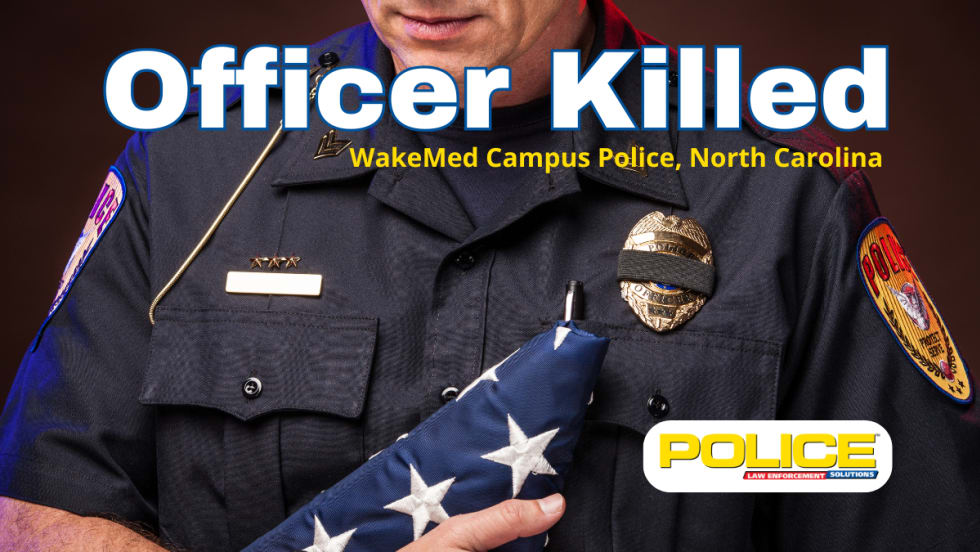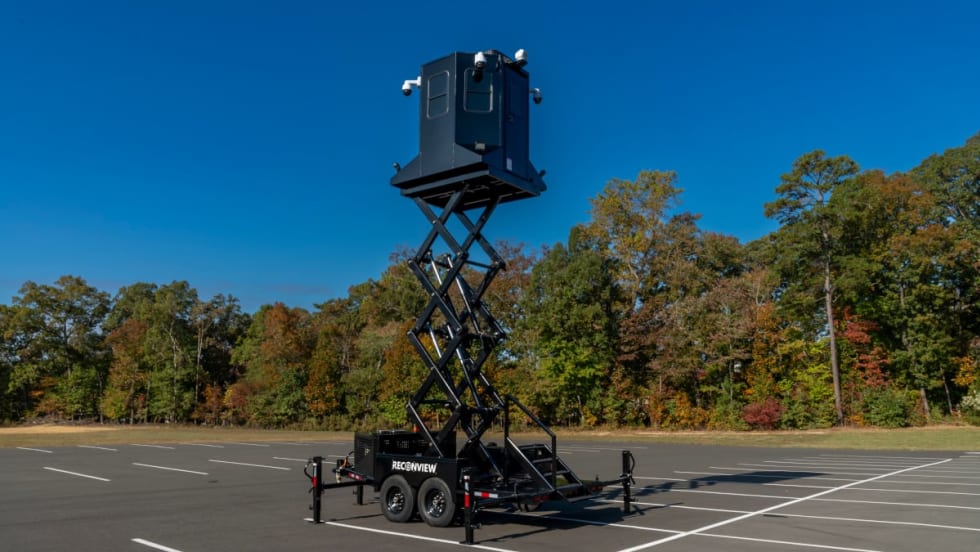Under section 1983, Title 42, United States Code, government officials (including law enforcement officers) may be sued for money damages where it is claimed that their official actions violated a plaintiff's constitutional rights under color of authority. A related provision for attorney's fees can make these suits extremely costly for officers and their employing agencies. In addition to raising the risk of having to pay a ruinous judgment, these suits also take emotional tolls on officers who are preoccupied with defending themselves in civil court while trying to do a dangerous job that does not tolerate distractions or split attention.
An officer who is sued for violating someone's federal civil rights is entitled to have the suit dismissed without having to stand trial if he or she did not violate clearly established constitutional rights. This is the "qualified immunity" principle. "The doctrine of qualified immunity protects government officials from liability for civil damages insofar as their conduct does not violate clearly established statutory or constitutional rights of which a reasonable person would have known." (Pearson v. Callahan)
This doctrine comes into play, for example, if you are sued for an allegedly illegal entry, when there's no clear consensus among the courts as to what the Fourth Amendment allows and prohibits under the circumstances you confronted. For a court to deny you qualified immunity, "Existing precedent must have placed the statutory or constitutional question beyond debate." (Ashcroft v. al-Kidd)
When lower courts improperly deny qualified immunity, the U.S. Supreme Court may step in and correct the situation, as recently happened in a civil rights lawsuit involving the chase of a misdemeanor suspect into private premises.
Stanton V. Sims
At about one o'clock in the morning, officers on patrol in La Mesa, Calif., received a radio call of an "unknown disturbance" involving a baseball bat in a residential street. Officer Stanton was familiar with the neighborhood, which was known for violence associated with gangs. When he and his partner arrived in a marked car, a group of three men started running or walking quickly away.
Stanton called out in a loud voice, "Police! Stop!" One of the men hurried through the gate to a nearby residence, which was surrounded by a high wooden fence. Stanton pursued, kicking open the gate and accidentally injuring resident Drendolyn Sims, who was standing behind the gate. She filed a federal lawsuit for illegal entry into the curtilage of her home, claiming a violation of her Fourth Amendment rights.
Attorneys for Officer Stanton asked the court to grant him qualified immunity, arguing as follows: (1) Under the Supreme Court ruling in Illinois v. Wardlow, police may detain a person based on unprovoked flight from police in a high-crime area. (2) A state statute made it a misdemeanor to resist a lawful detention. (3) The Supreme Court has held that a person may not defeat a lawful arrest by retreating into private premises. (U.S. v. Santana) Therefore, (4) officers were entitled to enter Sims's premises to prevent his escape from a lawful detention and arrest, albeit for a misdemeanor.
The trial court granted Officer Stanton qualified immunity, on the ground that no clearly established rule prohibited officers from making a warrantless entry into private premises to complete the detention or arrest of someone police lawfully attempted to detain or arrest in public, even though for a comparatively minor offense. The Ninth Circuit Court of Appeals reversed this ruling, declaring that it was "clearly established" that police may not enter private premises to complete an arrest when the underlying offense is a misdemeanor. In support of this ruling, the Ninth Circuit cited one of its own precedents, as well as the Supreme Court's ruling in Welsh v. Wisconsin.
On further appeal, the U.S. Supreme Court summarily and unanimously reversed the Ninth Circuit.
The Supreme Court pointed out that its earlier opinion in Welsh did not involve an actual pursuit of a suspect but only a delayed entry into a suspect's home about a half hour after the traffic incident police were investigating. "And though Santana involved a felony suspect, we did not expressly limit our holding based on that fact." (Stanton v. Sims)
The court also felt it was significant that several published opinions from the appellate courts in California had interpreted Welsh and Santana as permitting police to pursue traffic offenders into homes. The court quoted this language from one of those state-court decisions: "Where the pursuit into the home was based on an arrest set in motion in a public place, the fact that the offenses justifying the initial detention or arrest were misdemeanors is of no significance in determining the validity of the entry without a warrant." (People v. Lloyd)
Scolding the Ninth Circuit for its denial of qualified immunity in this case, the Supreme Court said, "It is especially troubling that the Ninth Circuit would conclude that Stanton was subject to personal liability and damages based on actions that were lawful according to courts in the jurisdiction where he acted." (Stanton v. Sims)
The Supreme Court did not rule on whether Stanton's entry was constitutional; the ruling was limited to holding that there is no clearly established authority making it unconstitutional, and therefore qualified immunity was in order. Said the court, "Whether or not the constitutional rule applied by the Ninth Circuit was correct, it was not beyond debate."
The Import of Stanton
This decision and the rulings it cites are important for two reasons: (1) if state courts have upheld a particular police practice under the Fourth Amendment, the fact that the federal courts in that circuit take a contrary view should not defeat a claim of qualified immunity; and (2) as long as the contours of a particular rule have not been finally determined by a decision of the U.S. Supreme Court, the matter cannot be said to be "beyond debate," so qualified immunity should be granted in civil rights lawsuits.
As for the constitutionality of pursuing misdemeanants into private premises, even though Stanton does not answer that question, it does stand for the proposition that officers who do so are not violating any clearly established constitutional rule and should not be subject to suit on that basis.
Always Check Local Rules
Some states may have statutory restrictions on misdemeanor or infraction pursuits and may provide civil remedies under state tort law for violations. It's always necessary to consult local civil advisors for any variances in your jurisdiction.
Devallis Rutledge is a former police officer and veteran prosecutor who currently serves as special counsel to the Los Angeles County district attorney. He is the author of 12 books, including "Investigative Constitutional Law."Devallis Rutledge is a former police officer and veteran prosecutor who currently serves as special counsel to the Los Angeles County district attorney. He is the author of 12 books, including "Investigative Constitutional Law."













